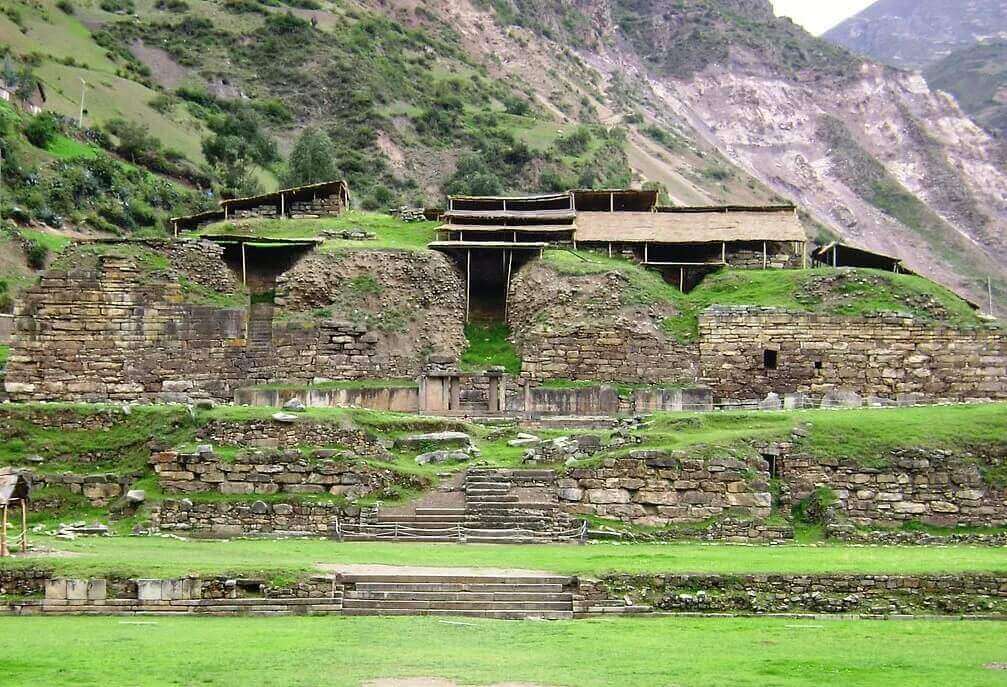- Archaeologists in Peru have discovered a 3,000-year-old sealed passageway, dubbed the “Condor’s Passageway”, at a temple site associated with the ancient Chavín culture.
- This corridor is believed to lead to additional chambers within the vast temple complex.
- The Chavín culture is renowned for its impressive artistic achievements, often representing birds and cats in its artwork.
Chavin de Huantar
- Chavin de Huantar is an archaeological site located approximately 190 miles (306 km) northeast of Lima, Peru.
- The site was an important centre of the Chavín culture, which flourished around 1,500–550 BCE.
- Chavín de Huantar is one of the oldest and best-known pre-Columbian sites, predating the rise of the Inca Empire by more than 2,000 years.
- It served as the centre of social, political and religious activities in the Andean highlands.
- The Chavín people developed a sophisticated society with a complex religious hierarchy and an extensive trading network.
- Chavín de Huantar’s impressive stone buildings, terraces and plazas showcase intricate anthropomorphic and zoomorphic bas-relief carvings.
- In recognition of its cultural importance, Chavín de Huantar was designated as a UNESCO World Heritage Site in 1985.

